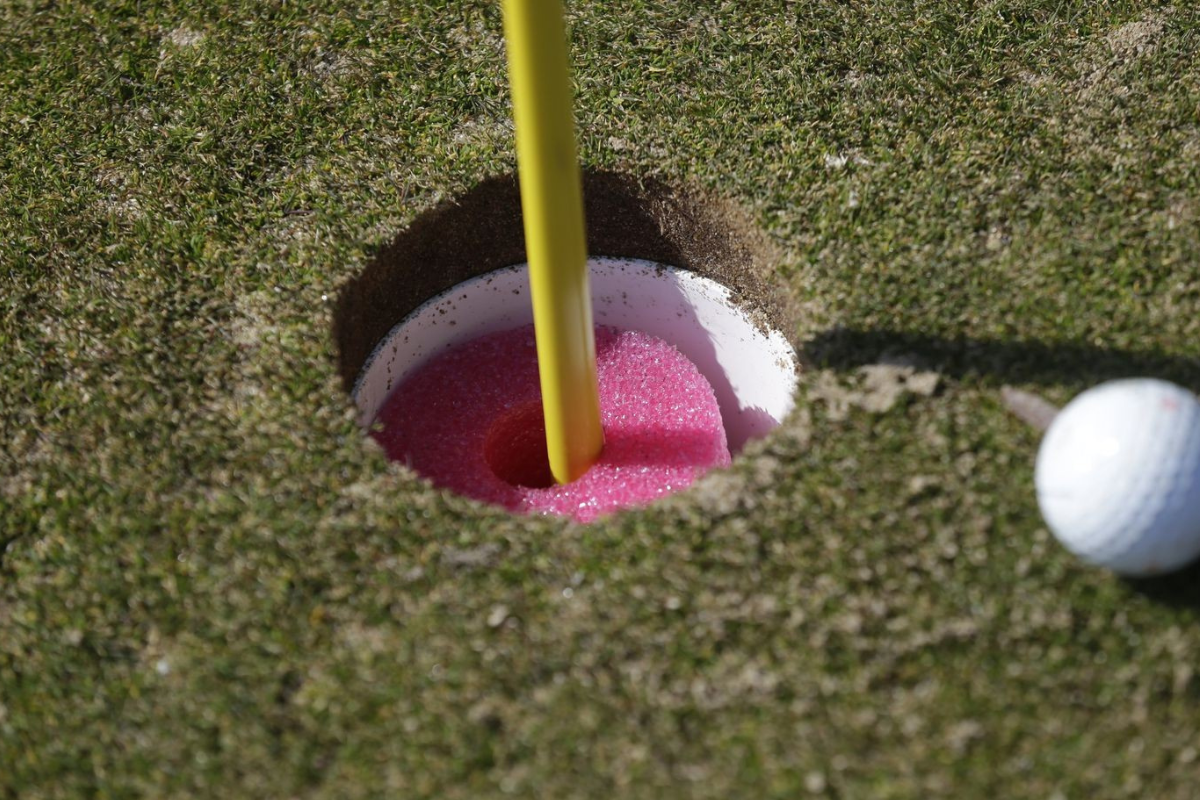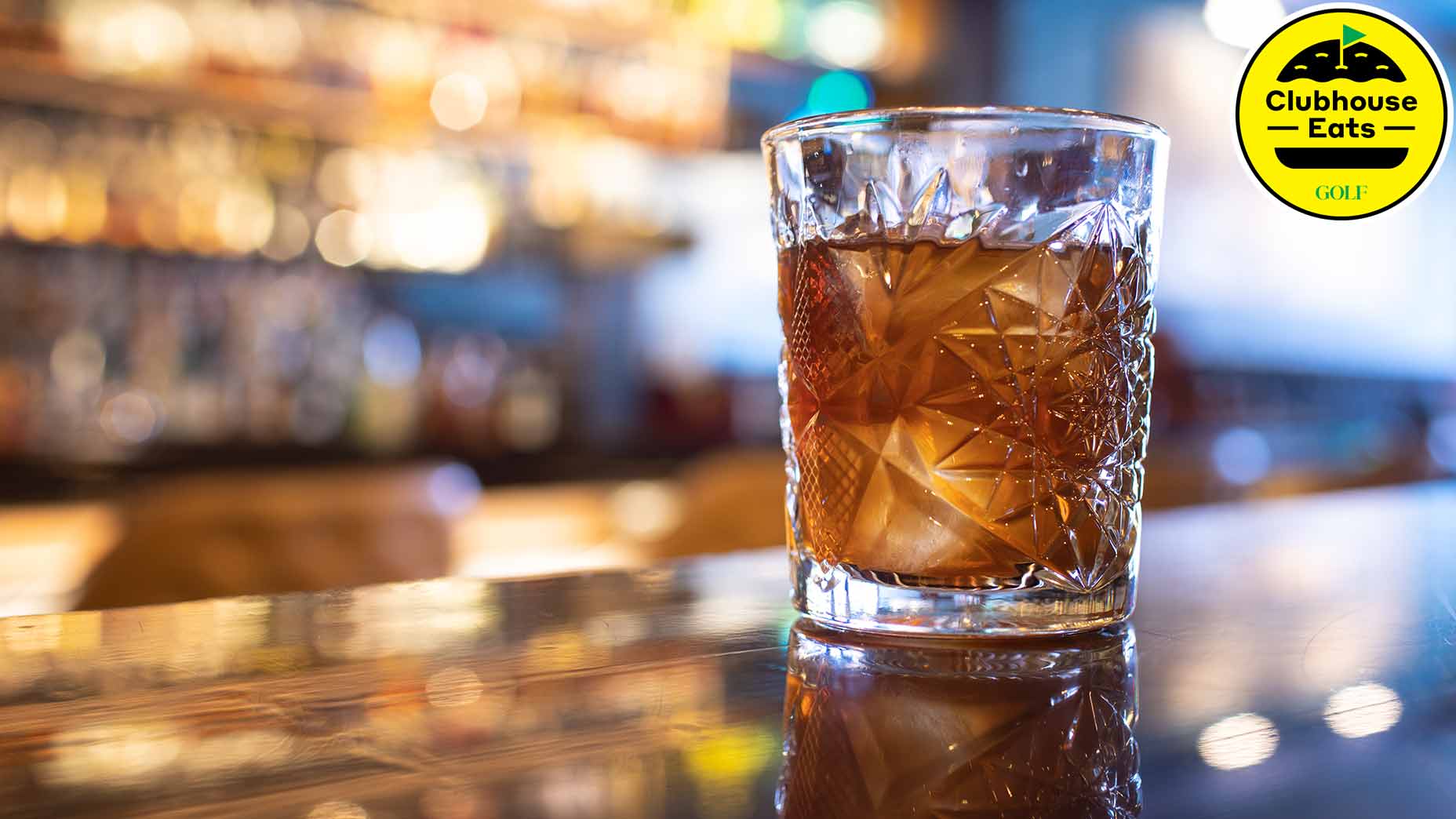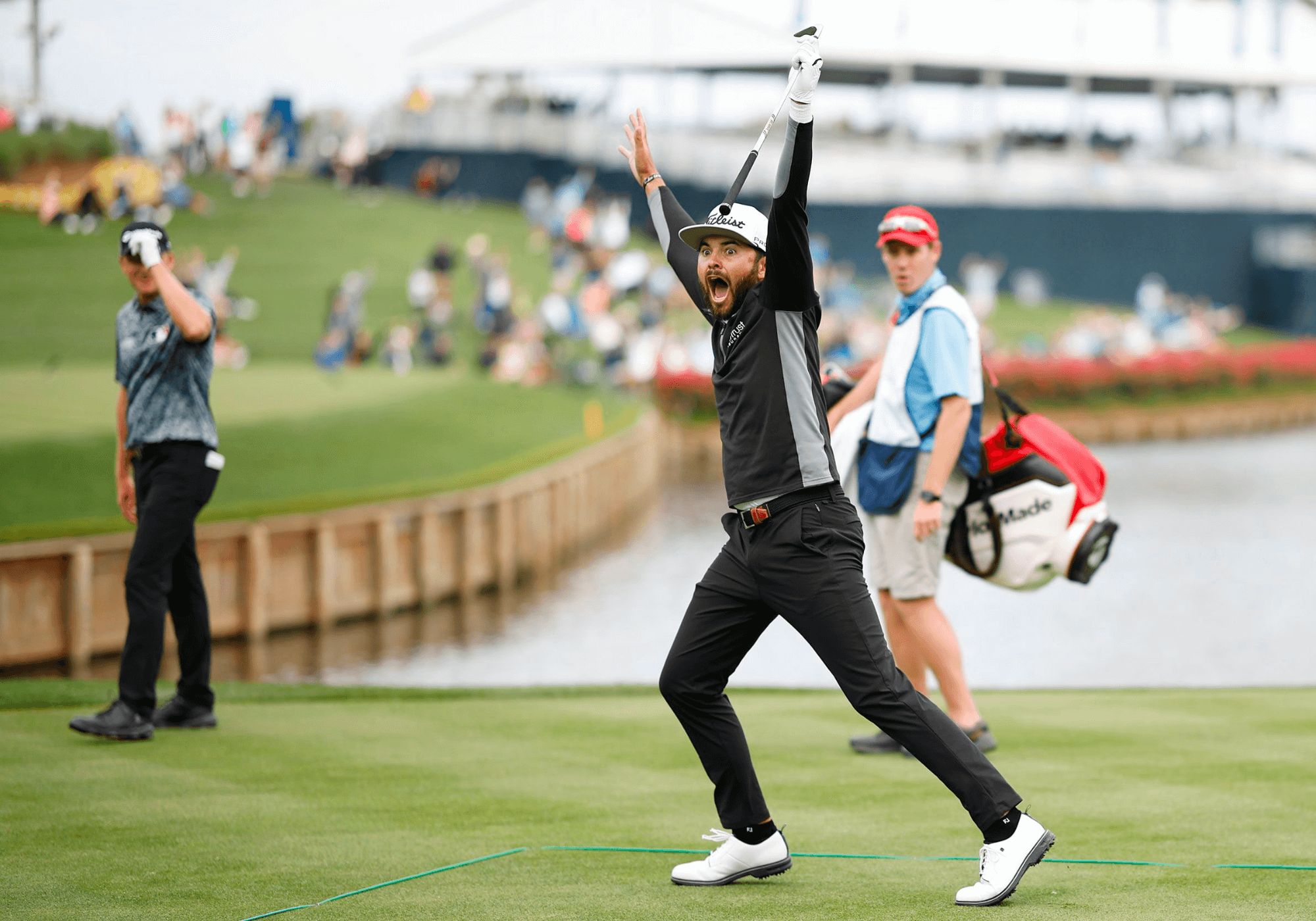Welcome back to another edition of #AskMyGolfSpy where readers like you submit your top questions to our experts here at MGS. You can pass along your questions to the team on Twitter, Facebook, Instagram or right here in the comments section below!
Typically, we answer a handful of questions in these mailbag articles but this week we’re going to spend our time on just one.
“Are golfers finally starting to balk at driver prices?”
I plucked this question from @GolfSpy_GC2 out of the MyGolfSpy forum. In addition to helping out with the forum, Robert is a long-time golf course employee who has observed that golfers appear to be buying fewer new drivers.
Granted, it’s early in the buying season but let’s, for the sake of discussion, assume Robert’s observation proves to be spot on.
Is cost the reason?
Frankly, I don’t believe $600 drivers are the problem.
For sure, we’ve all had our fill of inflation and higher prices on the things we need make it more difficult to afford the things we want but, for a significant portion of the golfing population, $600 for one club isn’t a deal-breaker.
In my estimation, golf doesn’t have a price problem. It has a patio furniture problem.
A what?
Let me put this in context.
A while back, I caught a story on the radio about a patio furniture dealer who is trying to figure out how to navigate a significant decline in sales. I’m not an expert on the patio furniture market but I think we can reasonably assume that, like everything else, the cost of patio furniture has risen in the last few years.
If you geeked out on patio furniture like many of us geek out on golf gear, the question you might find yourself asking is, “Are outdoor living enthusiasts starting to balk at Adirondack chair prices?”
I doubt it.
As it turns out, the biggest reason why consumers aren’t buying patio furniture right now is that they already have new patio furniture.
The COVID Boom
Flash back a couple of years to peak pandemic. We were all spending more time at home and because of that, the collective we spent a lot of money on home improvement and backyard luxury projects.
I bet you have more than a few friends who had pools put in. You probably know somebody who bought patio furniture.
You may also recall that golf enjoyed a decent run as, quite literally, the only game in town.
Gyms? Closed.
Youth sports? On hiatus.
Your local golf course? Packed. No tee times before 4 p.m. … and that’s on a slow day.
You don’t need me to tell you that, as a result of COVID, participation in golf increased dramatically and golfers, both new and existing, spent a massive amount of money on golf equipment.
Chances are the clubhouse at your course is full of faces you don’t recognize. You definitely know somebody who bought a whole new bag of clubs. You probably know somebody who did it twice.
A few of those new faces may disappear but, other than lingering high prices, the world (such as it is) has more or less normalized and I suspect that means that, for the golf equipment industry, the day of reckoning is nigh.
Some on the inside have already told me as much.
Clues can be found in equipment buying habits during the pandemic.
Accelerating the Cycle
Painting with broad strokes here: There is plenty of historical info to suggest golfers typically buy new drivers roughly every four years. For irons, the buying cycle is understandably longer: five to six years on average.
During COVID, however, things went positively bonkers.
The influx of new and returning (aka “lapsed”) golfers accounted for a significant uptick in new equipment sales.
What’s talked about a bit less is that the population of already avid golfers also bought new equipment at accelerated rates.
The typical replacement cycles got tossed out the window.
From our surveys, we know that the typical MyGolfSpy reader replaces equipment more frequently than “average” golfer but, for our last two surveys, 50 percent of golfers reported buying a new driver within the last year.
For irons, where, again, typical replacement rates are closer to six years, in our two most recent surveys, nearly 40 percent of respondents purchased new irons within the last year.
Even in categories like fairway woods and hybrids where buying cycles tend to be longer, replacement rates were significantly higher than we’ve ever seen.

Again, painting with a broad brush, we’re basically emerging from a two- to three-year period where nearly everyone who plays golf bought new equipment—a whole bag full in many cases. That’s obviously not sustainable so it seems reasonable to assume that a return to typical buying patterns is inevitable.
The challenge manufacturers will face is that a healthy percentage of golfers are resetting their cycles at roughly the same time.
Inflation, the generally higher cost of golf equipment and the reality that there’s often not a significant improvement from one model to the next, isn’t helping anything but the primary reason why I expect golfers will buy less new golf equipment in 2023 is because they already have new golf equipment.
This isn’t a golf problem or a patio furniture problem. It’s likely true to some degree in every consumer industry.
Now What?
The million-dollar question is, “What happens next?”
Time will tell which companies have done the best job of forecasting but for brands who get it wrong, we might see a return to steep mid-season discounts—at least in the short term.
Extended product cycles are also a possibility.
Titleist runs two years and Mizuno has said it’s going to do the same with its drivers. PING typically runs about 18 months between releases. Could the rest of the industry extend similarly?
Maybe—but I’m not holding my breath.
The answer could be found in consumables.
I suppose lighter beer, fajitas and a couple hours at Topgolf count but not everyone is as strongly positioned as Callaway.
Titleist has raised prices on golf balls, PXG just launched its first golf ball with the hope that loyalists will buy them by the gross and while strategies elsewhere may take time to materialize, it’s going to be interesting to see how your favorite brands pivot to account for what I’d wager will be a two- to three-year slowdown while the market resets and finds a new normal.
As always, if you have any questions for the MGS crew – drop them below for a chance to be featured in next week’s #AskMyGolfSpy!
*We may earn a commission when you buy through links on our site.



